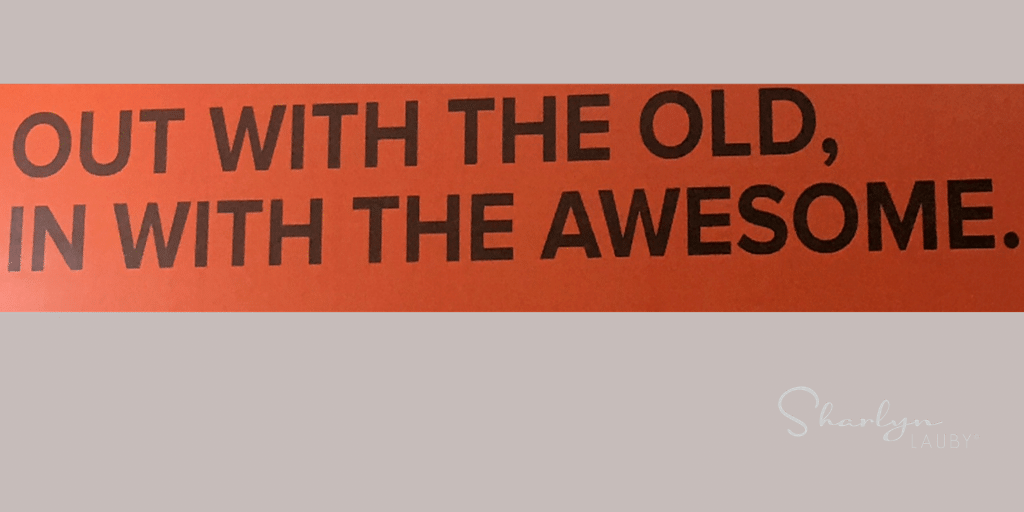Onboarding: Your Connection Between Recruiting and Learning
We’ve all seen the headlines lately about the U.S. being at “full employment”. On the surface, full employment might sound like a good thing, right?
Well, not so fast. Full employment can create a couple of challenges.
- Over inflated compensation and benefits. I’m all for a competitive job market. Top talent should be able to get what they deserve for their skills and experience. However, too much competition can cause employers to throw money at their recruiting problems. I know what you’re thinking, “Is that a bad thing?” I hate to say it, but it can be. Employees don’t want to be underpaid. They also don’t want to be overpaid.
- Less turnover. I’m not advocating for high turnover. But some turnover is good for business. It brings in fresh perspectives. In my experience, when recruiting gets tough, organizations might be reluctant to terminate employees for fear that they won’t be able to find a replacement for months. It’s the philosophy that it’s better to work with the devil you know than someone new.
As a result of these “full employment” recruiting challenges, the recruiting and training functions must work together to fill the talent pipeline. Recruiters must be able to tell the organization what roles are better to develop in-house (versus recruit from the outside). Trainers have to do the same thing. Let the organization know what jobs would be better to hire from the outside (instead of developing from within).
In addition, training and recruiting also have to work together to ensure that new hires are set up for success. The way to do that is with onboarding. It’s the intersection between recruiting and training that creates employee success. According to TLNT.com, one third of new hires quit their job in the first six months. And we all know turnover is costly.
When it comes to onboarding, I’m starting to hear more about a format called talent center. The idea is that talent centers are dashboards where employees, managers, recruiting, and training can monitor and measure onboarding progress. Within the talent center are resources and checklists that new hires and managers can use during the onboarding process.
Now, before declaring checklists as evil, hear me out. On some basic level, we all work with checklists on a regular basis. We need them to remind us because we’re not perfect. Checklists can be used to:
- Outline what it takes to be successful in a new role (i.e. competencies)
- Document compliance requirements
The tricky thing about checklists is making sure they’re used. That’s the difference between a boring, outdated checklist and an interactive talent center. Here are a couple of things to consider:
Employees and managers must be trained on how to use the talent center. Organizations should not make the assumption that everyone knows how to effectively use a checklist. That’s probably one reason that they’re used badly – no one has ever received training. We’re not talking about hours or days of training here. But do provide managers and employees with guidance on how to make the most of the resource.
Regularly survey managers and employees. The other reason that checklists are not used effectively is because they can quickly become outdated. An outdated checklist is worthless. Managers and employees should be surveyed quickly to make sure onboarding resources are current. (And on a side note: training and recruiting should work together to put a maintenance program in place for talent center materials.)
It could make a lot of sense to transform a traditional onboarding process into a talent center, bringing together recruiting, learning, and performance. They key is getting everyone to participate at a high level. That includes HR.
Image captured by Sharlyn Lauby after speaking at the 2016 MBTI Users Conference in San Francisco, CA
2